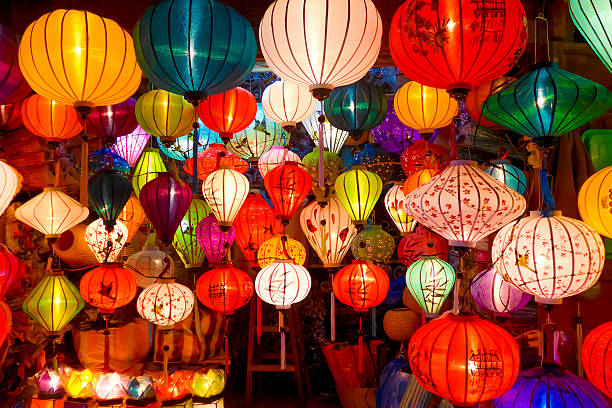Lantern Festivals
Lantern Festivals
The Lantern Festival (traditional Chinese: , also called Shangyuan Festival (traditional Chinese, is a Chinese traditional festival celebrated on the fifteenth day of the first month in the lunisolar Chinese calendar, during the full moon.
Usually falling in February or early March on the Gregorian calendar, it marks the final day of the traditional Chinese New Year celebrations.
As early as the Western Han Dynasty (206 BC–AD 25), it had become a festival with great significance.
During the Lantern Festival, children go out at night carrying paper lanterns and solve riddles on the lanterns.
In ancient times, the lanterns were fairly simple, and only the emperor and noblemen had large ornate ones.
In modern times, lanterns have been embellished with many complex designs.
For example, lanterns are now often made in the shape of animals. The lanterns can symbolize the people letting go of their past selves and getting new ones,
Which they will let go of the next year. The lanterns are almost always red to symbolize good fortune.
The festival acts as an Uposatha day on the Chinese calendar.
It should not be confused with the Mid-Autumn Festival; which is sometimes also known as the "Lantern Festival" in locations such as Indonesia, Malaysia, and Singapore.
Lantern Festivals have also become popular in Western countries, such as the Water Lantern Festival held in multiple locations in the United States. In London, the Magical Lantern Festival is held annually.
https://en.wikipedia.org/wiki/Lantern_Festival


